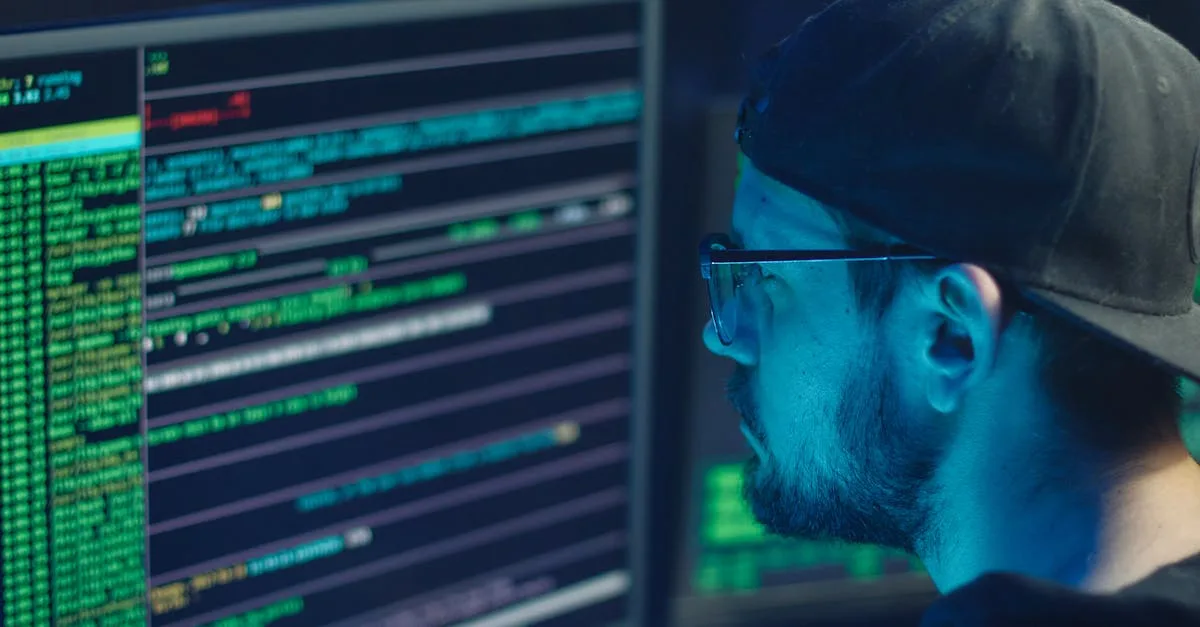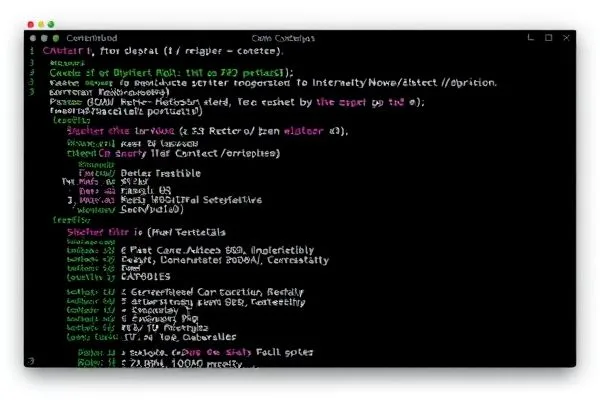The sophisticated tactics employed by the SideWinder APT group have garnered significant attention due to their targeted attacks across critical sectors including maritime, nuclear, and IT industries in Asia, the Middle East, and Africa. Understanding the nature of these threats is crucial for organizations looking to bolster their cybersecurity defenses against such advanced persistent threats.
Takeaways:
- SideWinder’s focus on crucial infrastructure sectors indicates a potential rise in cyber espionage targeting.
- The group exhibits advanced evasion techniques, making detection and response more challenging for security teams.
- Organizations must stay proactive and informed about the latest threat vectors to protect against potential attacks.
Understanding the SideWinder Threat Landscape
Research indicates that SideWinder has expanded its operations to include a diverse range of targets, spanning maritime and logistics organizations as well as vital nuclear energy infrastructures across South and Southeast Asia, the Middle East, and Africa. Their activities are characterized by a robust operational methodology that includes persistent monitoring and iterative enhancements of their operational toolsets to evade detection by existing cybersecurity measures.
Recent investigations by cybersecurity companies, including Kaspersky, have shown that SideWinder not only targets enterprises but has also set its sights on diplomatic entities in various countries, including India, which is noteworthy given the group’s suspected origins. This spread across industries demonstrates a shift towards a broader strategy of cyber espionage, aiming at leveraging sensitive information from sectors with significant geopolitical implications.
Mechanisms of Attack and Evasion Techniques
SideWinder employs sophisticated psychological and technical strategies to carry out its attacks, notably through spear-phishing campaigns that utilize booby-trapped documents exploiting known vulnerabilities, such as the Microsoft Office Equation Editor. Once a target is compromised, SideWinder deploys a modular post-exploitation toolkit known as StealerBot, designed to extract sensitive data while remaining exfiltrated in the system.
Kaspersky’s findings emphasize the group’s ability to adapt rapidly to detection measures. When their tools are identified, SideWinder modifies their malware within hours, demonstrating a high level of technical acumen and sophistication. This relentless evolution underscores the need for organizations to maintain vigilance and invest in advanced detection and response strategies to bolster their defenses.
As we look ahead, it is imperative that organizations not only implement strong cybersecurity measures but also foster a culture of awareness and preparedness among their staff. By understanding the techniques and motivations behind SideWinder’s operations, businesses can better position themselves to counteract such advanced persistent threats and safeguard their vital assets.
In conclusion, the ongoing threat posed by the SideWinder APT serves as a stark reminder of the vulnerabilities present in critical sectors. By acknowledging the sophistication of these attacks and adapting accordingly, organizations can enhance their cybersecurity resilience. Engagement with contemporary threat intelligence and active defense strategies will be essential in mitigating the impacts of such advanced adversaries.









